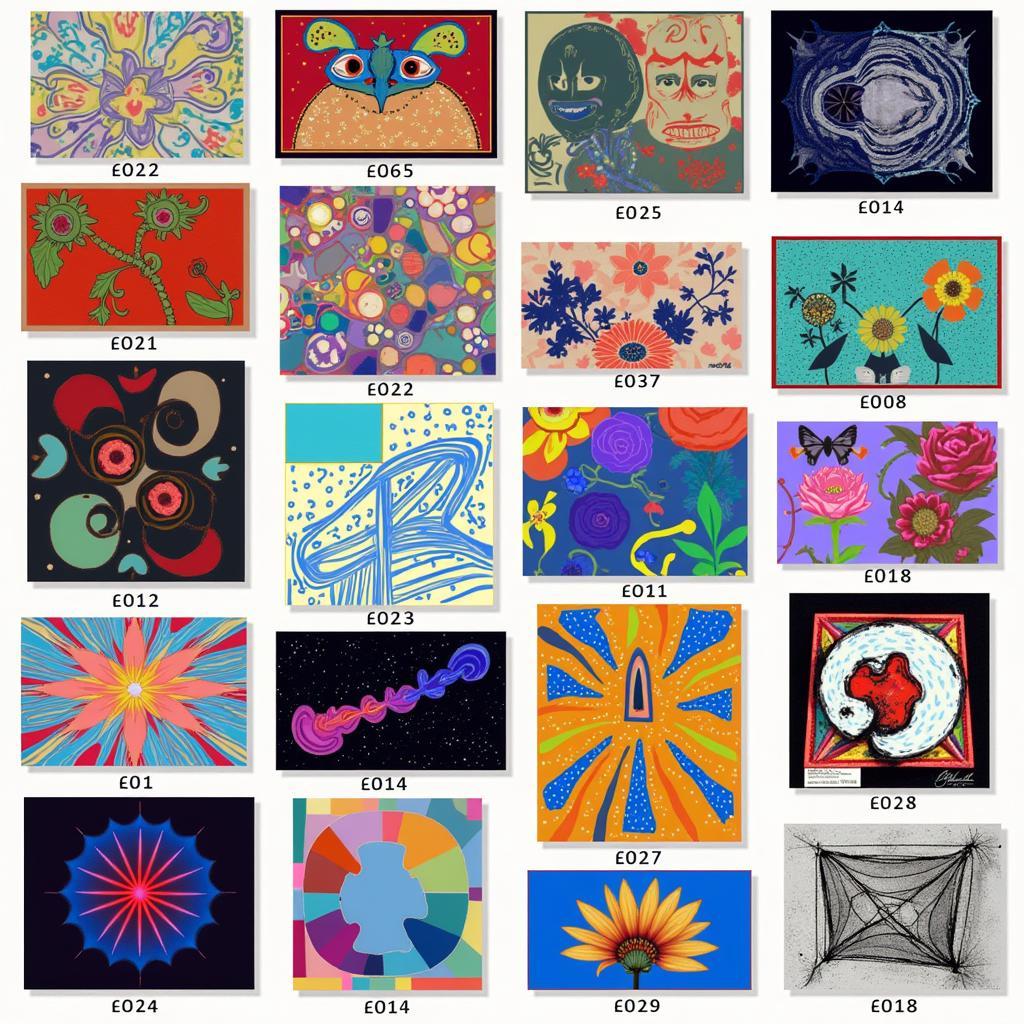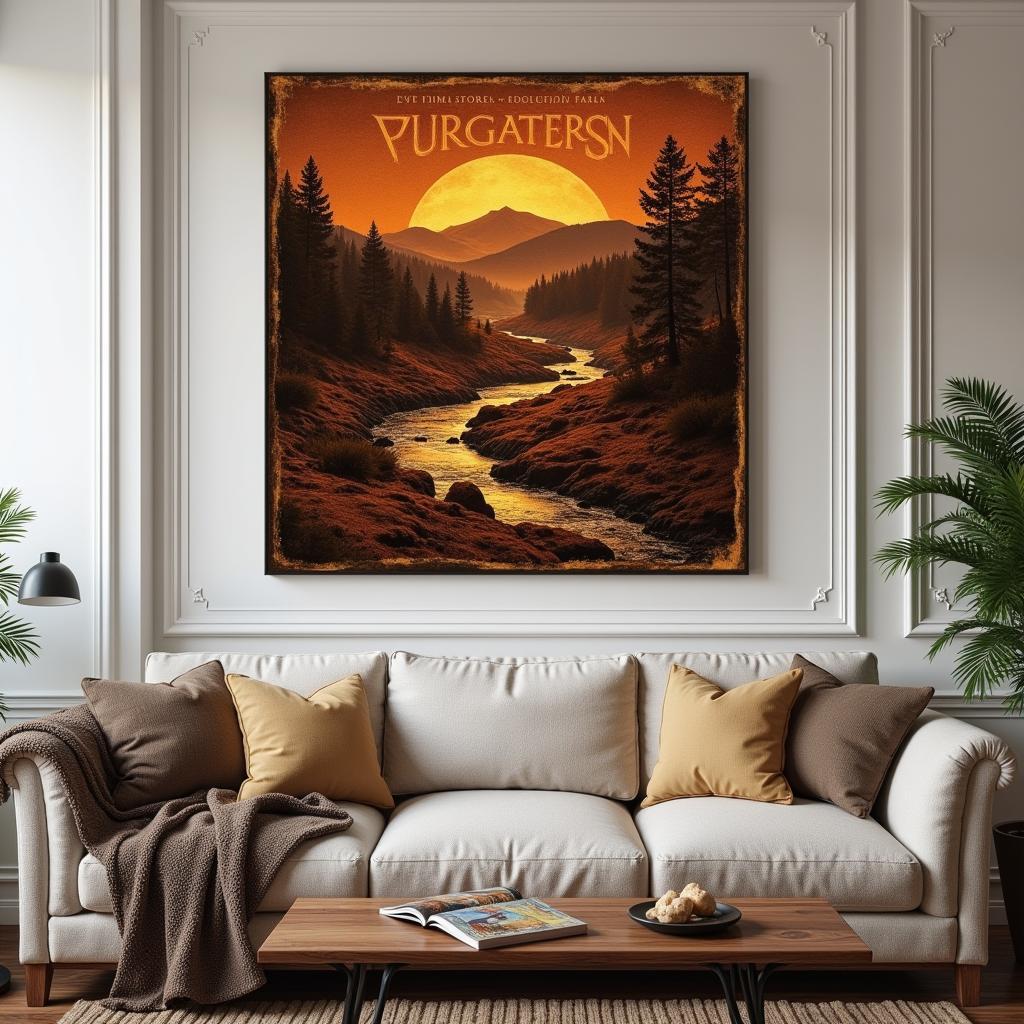Black Hole Sun Art: Exploring the Visual Depiction of a Cosmic Enigma
The captivating allure of black holes has long fascinated astronomers and artists alike. These cosmic enigmas, with their immense gravitational pull and ability to warp spacetime, have inspired countless works of art that explore their enigmatic nature and the profound impact they have on our understanding of the universe. This article delves into the fascinating world of “Black Hole Sun Art,” exploring the creative approaches artists have taken to visualize these celestial giants and the evocative emotions they evoke.
The Intriguing Nature of Black Holes
Before delving into the artistic interpretations of black holes, it’s essential to understand their nature. Black holes are formed when massive stars collapse under their own gravity, creating a point of infinite density known as a singularity. The intense gravity surrounding this singularity creates an event horizon, a boundary beyond which nothing, not even light, can escape.
Black Hole Sun Art: Visualizing the Unseeable
Artistry surrounding black holes presents a unique challenge: how to visually represent something that is inherently invisible? To tackle this, artists have employed a variety of techniques, each offering a distinct perspective on these cosmic phenomena.
1. Abstract Representations
One approach is through abstract representations. This style uses shapes, colors, and textures to convey the intangible nature of black holes and the powerful forces at play. Imagine a swirling vortex of colors, dark and intense at its center, representing the singularity, with light radiating outwards, symbolizing the bending of space-time.
2. Realistic Renderings
Another approach is through realistic renderings. These rely on scientific data and models to depict black holes as accurately as possible. This may involve utilizing simulations of the accretion disk, the swirling mass of gas and dust that surrounds a black hole, or the lensing effect, where the intense gravity distorts the light from objects behind the black hole.
3. Symbolic Interpretations
Symbolic interpretations explore the metaphorical meaning of black holes. Artists may use black holes to represent the unknown, the void, or the fragility of existence. This can be achieved through abstract imagery, using color and texture to convey a sense of mystery and awe.
4. Conceptual Art
Conceptual art approaches black holes through thought-provoking installations or performances. This may involve exploring the philosophical implications of black holes, questioning the nature of reality, or challenging our understanding of time and space.
The Emotional Impact of Black Hole Art
Black hole art evokes a range of emotions, from awe and wonder to fear and existential angst. The vastness of the universe, the power of gravity, and the mystery of the singularity all contribute to the emotional impact of these artistic expressions.
- Awe and Wonder: The immense scale and power of black holes inspire awe and wonder.
- Fear and Anxiety: The inevitability of gravitational collapse and the ultimate fate of matter within a black hole can evoke feelings of fear and anxiety.
- Existential Angst: Black holes challenge our understanding of reality and the universe, prompting contemplation of the ultimate nature of existence.
Black Hole Sun Art: A Reflection of Our Time
The fascination with black holes is a reflection of our current understanding of the universe and our insatiable curiosity to explore the unknown. Artists, inspired by the latest scientific discoveries, have contributed to our understanding of these celestial objects, allowing us to see them through a new lens.
Conclusion
“Black hole sun art” represents a powerful testament to the boundless possibilities of artistic expression. By visualizing the invisible, artists have not only created stunning visual representations of these cosmic phenomena but have also challenged us to think deeper about the nature of reality, the universe, and our place within it.
Black hole sun art continues to captivate and inspire, reminding us of the beauty and mystery that lies within the vast expanse of space.
FAQ
-
Q: What is a black hole?
A: A black hole is a region of spacetime where gravity is so strong that nothing, not even light, can escape. They are formed when massive stars collapse under their own gravity.
-
Q: How are black holes depicted in art?
A: Artists use various techniques to visualize black holes, from abstract representations to realistic renderings. Some explore the symbolic meanings, while others use conceptual art to challenge our understanding.
-
Q: What emotions does black hole art evoke?
A: Black hole art can evoke a wide range of emotions, including awe, wonder, fear, anxiety, and existential angst.
-
Q: Why is black hole sun art significant?
A: It reflects our current understanding of the universe and our curiosity about the unknown. Through art, we gain a deeper understanding of these celestial objects and their impact on our world.
-
Q: Where can I learn more about black hole sun art?
A: You can explore online galleries, art museums, and scientific publications for examples of black hole sun art. Additionally, you can engage in online discussions with other enthusiasts.




